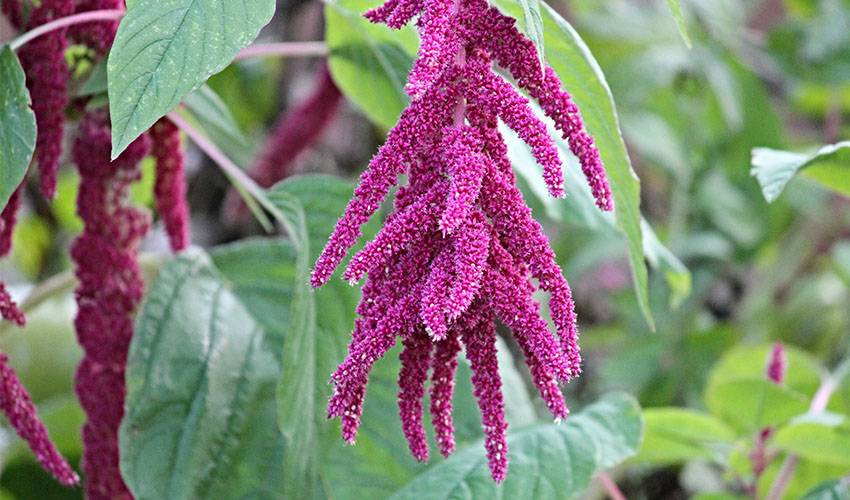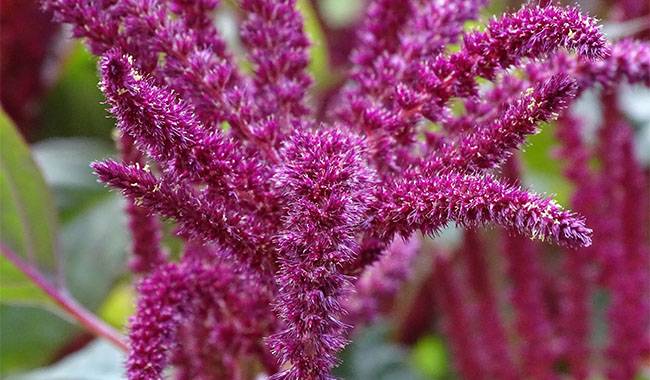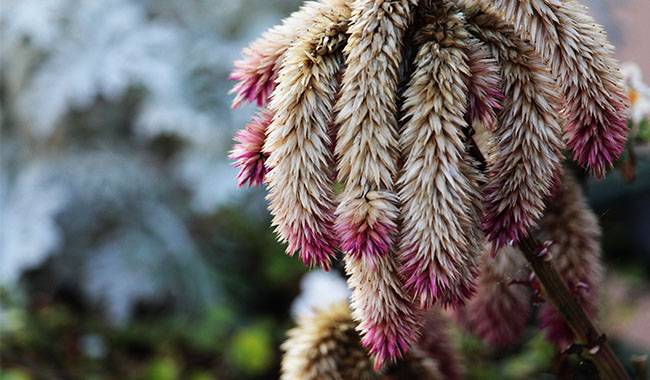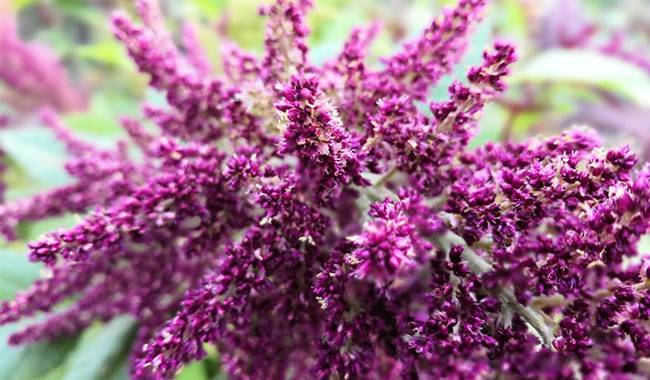
Amaranth is generally an annual or short-lived perennial plant. The easy-growing Amaranth is hard to find in the garden center, but it can be grown from seeds. The stems are generally red, sometimes with thorns; they have simple, alternating leaves and generally have pink taproots. Plants can be monoecious (flowers of both sexes on the same individual) or dioecious (flowers of a single-sex per individual).
| GENUS NAME | Amaranthus, amaranth flower |
| LIGHT | Sunlight |
| PLANT TYPE | Annual |
| HEIGHT | 1 to 3 feet 3 to 8 feet. |
| WIDTH | 1-3 feet wide, depending on the type. |
| FLOWER COLOR | Green, Red, Orange three colors. |
| FOLIAGE COLOR | Blue/Green |
| SEASON FEATURES | bloom in autumn and bloom in summer |
| PROBLEM SOLVERS | Drought tolerance |
| SPECIAL FEATURES | Low Maintenance Best for Containers Cut |
| FLOWERS ZONES | February to November |
| PROPAGATION | Seed |
Amaranth flower feature:
Red Spike, Emerald Tassels, Coral Fountain, Hopi Red Dye, Hot Biscuits, Love-Lies-Bleeding, Marvel Bronze, Green Tails, Perfecta flower, Molten Fire, Burgundy Flower, etc.
Amaranth flowers are characterized by curved or straight pinnate inflorescences. In the Victorian era, Amaranth flowers were famous for their rope-like ribbons. It is refreshing with fashionable coral, lime green, champagne gold, and red Amaranth flower varieties.
Generally speaking, small flowers have colorful bracts and are arranged in dense and beautiful inflorescences; each plant can produce hundreds or thousands of seeds, which grow alone as dry capsules. Plants make full use of a plant photosynthesis pathway called C4 carbon fixation, which prevents photosynthesis to a great extent, thus improving drought tolerance.
Amaranth is also called love-lies-bleeding or tassel flower. The unusual common name of Amaranth comes from the cord-like deep magenta flower stalk. The peduncle appears in mid-summer and extends to the first frost. When the flower stem extends 12 inches or more to the ground, the flower stem retains its color.
Another common name for Amaranth is Joseph’s coat. Different from love-lies-bleeding. Joseph’s coat does not produce flower strings. Its gorgeous leaves have red, orange, and green colors-that is, when it comes to the three-color Amaranth, all of the above colors are available!
In view of the fact that the leaves and seeds of amaranths are generally very productive, very easy to grow and harvest, and cooking is relatively simple, therefore, this type of plant has the hope of becoming a potential alternative crop. The leaves and seeds are rich in nutrients and are a good main source of dietary fiber, calcium, and iron; the seeds are also high in protein content. The leaves can be eaten fresh or cooked like spinach, and are often added to vegetable salads or soups. Nutty seeds can also be picked out, boiled into porridge, or ground into flour for use in baked goods (usually mixed with grain flour).
In modern agriculture, only three varieties are commonly grown as secondary food crops: red amaranth, love-lies-bleeding, and prince’s feathers, which have important local significance in Latin America, tropical Asia, and parts of Africa.






